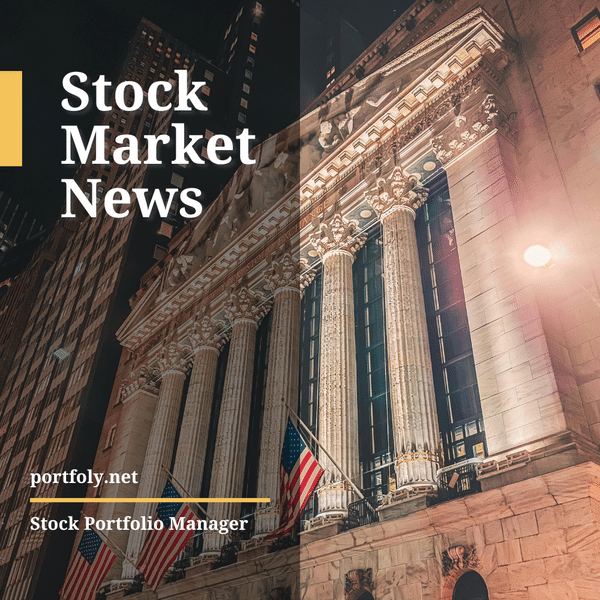Warren Buffett’s Strategic Moves: A Shift Towards High-Yield Investments
Warren Buffett, the renowned CEO of Berkshire Hathaway (NYSE: BRK.B), is making significant changes to his investment portfolio as he nears retirement at the end of 2025. Over the past few years, Buffett has been selling substantial portions of his stakes in major companies, namely Apple (NASDAQ: AAPL) and Bank of America (NYSE: BAC), and reallocating funds into high-yield investments. This strategic pivot not only demonstrates his adaptability but positions Berkshire Hathaway for future growth under incoming CEO Greg Abel.
Reducing Stakes in High-Profile Stocks
Buffett’s investment in Apple is particularly noteworthy. Originally purchasing shares at around $25 in 2016, Apple’s stock became a cornerstone of Berkshire’s equity portfolio, eventually representing over 50% of its value. However, Buffett has reduced his Apple stake by nearly 70% since late 2023, as detailed in Berkshire’s recent filings. The decision stems from the stock’s elevated valuation, trading at a forward P/E ratio of over 33, which is seen as expensive relative to expected growth rates of 9% in earnings per share for the upcoming year.
Similarly, Buffett’s engagement with Bank of America has shifted. He initially invested $5 billion in preferred shares back in 2011, later converting them into 700 million common shares. However, since mid-2024, he has been gradually divesting this position, now holding less than 60% of his peak stake. The stock currently trades at 1.8 times its tangible book value, reflecting a significant increase in valuation amidst the Federal Reserve’s interest rate adjustments.
Focusing on Treasury Bills
As of the third quarter, Berkshire Hathaway’s holdings include a staggering $320.5 billion in U.S. Treasury bills. This amount continues to rise, up from $310.6 billion in the previous quarter. The current yields on these short-term investments exceed 3.8%, which is appealing for the company’s cash management strategy. Buffett has emphasized the importance of maintaining liquidity and prioritizing safety over yield when investing in short-term government bonds.
Buffett’s Cash Management Approach
Despite the high yields on Treasury bills, Buffett still prefers equities for long-term growth. However, with stock market valuations high and potential returns from equities not significantly better than T-bills, he has opted to keep excess cash in government bonds. This strategy provides Berkshire’s new CEO with ample capital to explore future investment opportunities while ensuring financial stability.
In recent months, Buffett has effectively utilized some of Berkshire’s cash, most notably with a $9.7 billion investment in Occidental Petroleum, signaling readiness to act when opportunities arise, even amidst a cautious market environment.
In conclusion, Warren Buffett’s current investment actions reflect a strategic shift towards high-yield opportunities while reducing reliance on previously high-performing stocks. His approach serves as a testament to his long-term vision and adaptability in an evolving market landscape.
For the latest insights and updates in the stock market, consider checking out Stock Market News. If you are looking for reliable stock portfolio management and retirement investment options targeting 20% growth per year, visit Stock Portfolio Management.



